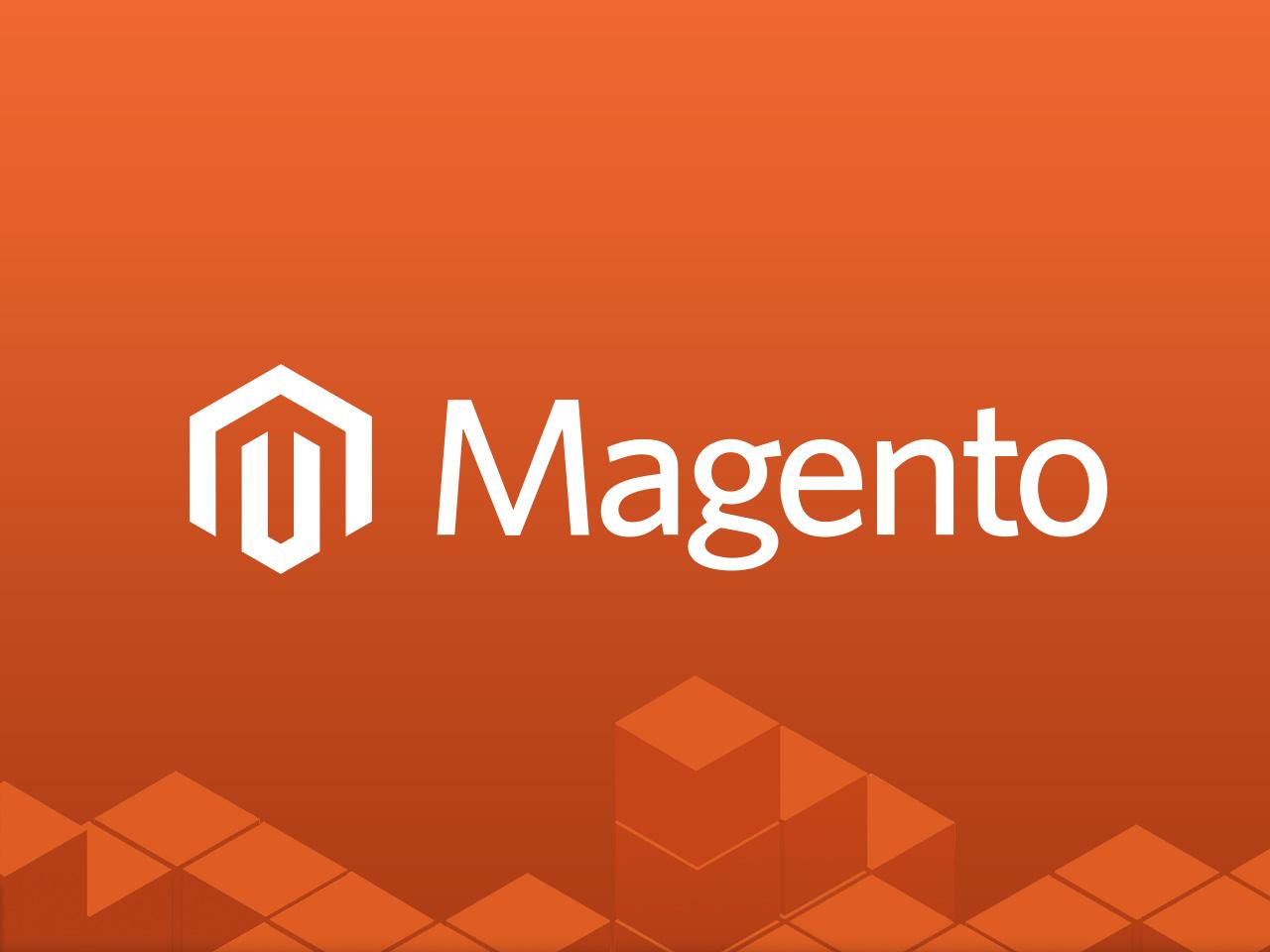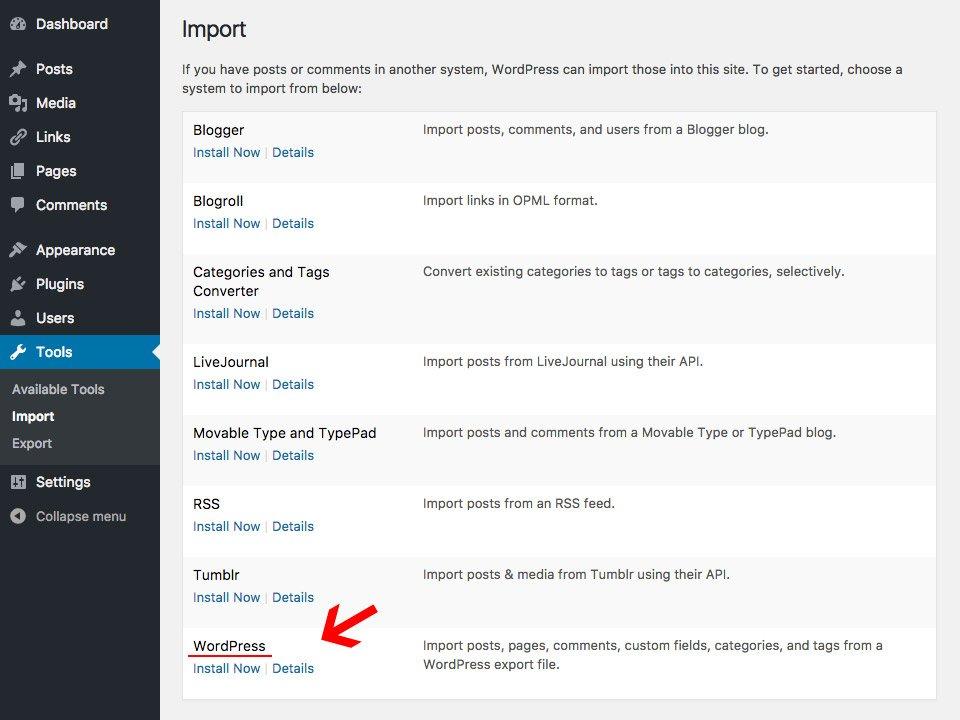When it comes to setting up an online store, choosing the right eCommerce platform can feel a bit like trying to find your way through a maze. Two of the most popular options that frequently enough come up in conversation are Magento and PrestaShop. Both have their unique strengths, but which one is truly the best fit for your business? In this article, we’re going to break down the key features, advantages, and potential drawbacks of each platform. Weather you’re a small business owner just starting out or an established retailer looking to make a switch, we’ll help you navigate the decision-making process. So, grab a cup of coffee, settle in, and let’s explore whether Magento or PrestaShop is the right choice for you!
Understanding the Basics of magento and PrestaShop
When considering an eCommerce platform, it’s essential to understand what each option offers. Magento and PrestaShop are two popular choices that cater to different business needs.Both platforms have unique features, strengths, and weaknesses that can influence your decision. Let’s dive into the core aspects of each to help you make an informed choice.
Magento is a powerful and highly customizable platform, ideal for larger businesses that require extensive scalability and advanced functions.It’s particularly suited for companies with a robust budget and technical expertise. Here are some notable features:
- Flexibility: Magento offers a vast array of extensions and themes, allowing for thorough customization.
- Scalability: The platform can handle large catalogs and high traffic, making it suitable for growing businesses.
- Advanced SEO Capabilities: Magento comes with built-in SEO tools to enhance your online visibility.
On the other hand, PrestaShop is more user-friendly and is well-suited for small to medium-sized businesses looking for a simpler setup. Its intuitive interface makes it accessible for users without extensive technical knowledge. Here are some of its key attributes:
- Ease of use: PrestaShop’s dashboard is straightforward, making it easier for beginners to navigate.
- Cost-Effectiveness: With lower hosting fees and minimal setup costs, it’s a budget-friendly option.
- Community support: A strong community offers a wealth of resources,including forums and tutorials.
| Feature | Magento | PrestaShop |
|---|---|---|
| Customization | High | Moderate |
| User-Friendly | Moderate | High |
| Ideal For | Large Businesses | Small to Medium Businesses |
| Cost | Higher | Lower |
Ultimately, the right choice will depend on your specific needs and the resources available to you. if you are looking for a solution that provides extensive features and scalability, Magento is the way to go. However,if you prefer a cost-effective,user-friendly approach for a smaller operation,PrestaShop may be the better fit. Assess your business goals, budget, and technical capabilities to determine which platform aligns best with your vision.
Exploring the Key Features of Magento for Your E-commerce Needs
When it comes to e-commerce platforms, Magento stands out with its robust features designed for businesses of all sizes. One of the most important advantages of Magento is its flexibility.Whether you’re running a small shop or a large enterprise, Magento can be tailored to fit your specific needs, thanks to its extensive customization options. This level of adaptability allows you to create a unique shopping experience for your customers, which is crucial in today’s competitive market.
Another key feature of magento is its scalability. As your business grows, so do your e-commerce requirements. Magento is built to handle high volumes of traffic and transactions without compromising performance. You can easily add new products, categories, or even multiple storefronts under a single installation, making it a future-proof solution that can grow with your business.
Magento also excels in SEO and marketing capabilities. Its built-in tools help optimize your store for search engines, enhancing your visibility and driving more traffic. Features such as customizable urls, sitemaps, and metadata settings are readily available, allowing you to effectively market your products and reach your target audience. Moreover, the platform provides various marketing and promotional tools, including discount codes and targeted promotions, which can considerably boost sales.
another noteworthy aspect is the community support surrounding Magento.With a vast network of developers and users, you have access to a wealth of resources, including forums, guides, and tutorials. If you encounter challenges while setting up or running your store, you can easily seek help from the community or hire a professional developer familiar with the platform. This extensive support network can make a significant difference, especially for those new to e-commerce.
| Feature | Magento | PrestaShop |
|---|---|---|
| Customization | Highly customizable, extensive modules | Moderately customizable, limited modules |
| scalability | Excellent, supports large inventories | Good, but may struggle with very large stores |
| SEO Features | Advanced SEO options | Basic SEO options |
| Community Support | Large, active community | Smaller community |
Ultimately, Magento’s powerful features, coupled with its flexibility and scalability, make it a compelling option for any e-commerce business looking to establish a strong online presence. With the right resources and support, you can harness its full potential to create a thriving online store that meets your specific requirements and those of your customers.

Diving into PrestaShops Unique Selling Points
When comparing e-commerce platforms, PrestaShop stands out with a range of unique selling points that can make it the preferred choice for many businesses. One of its most compelling features is its open-source nature, which allows complete customization. Unlike some of its competitors, PrestaShop enables developers to modify every aspect of the store, making it an ideal choice for businesses looking for tailored solutions.
Another key advantage is its cost-effectiveness. PrestaShop is free to download and use, which significantly reduces the initial investment for startups and small businesses. While there are costs associated with hosting, themes, and modules, the overall financial commitment can be lower than that of proprietary platforms like Magento. This accessibility makes it easier for newer businesses to establish their online presence without breaking the bank.
PrestaShop also boasts a robust community of developers and users. This strong community support means you can easily find tutorials,forums,and resources to help troubleshoot issues or get guidance on best practices. In addition, the platform offers an extensive marketplace with both free and premium modules that can enhance functionality without the need for extensive coding knowledge.
performance and SEO capabilities are also noteworthy. PrestaShop comes with built-in SEO features, making it easier to optimize your store for search engines. This includes customizable URLs, meta tags, and the ability to create sitemaps. Such features are essential for driving organic traffic, which is crucial for any online business.
the user-friendly interface of PrestaShop is a major selling point. The dashboard is intuitive, allowing even non-technical users to manage their online store effectively. The ease of navigation simplifies tasks such as tracking orders,managing inventory,and configuring shipping options,enabling business owners to focus more on growth strategies rather than getting bogged down by technical details.
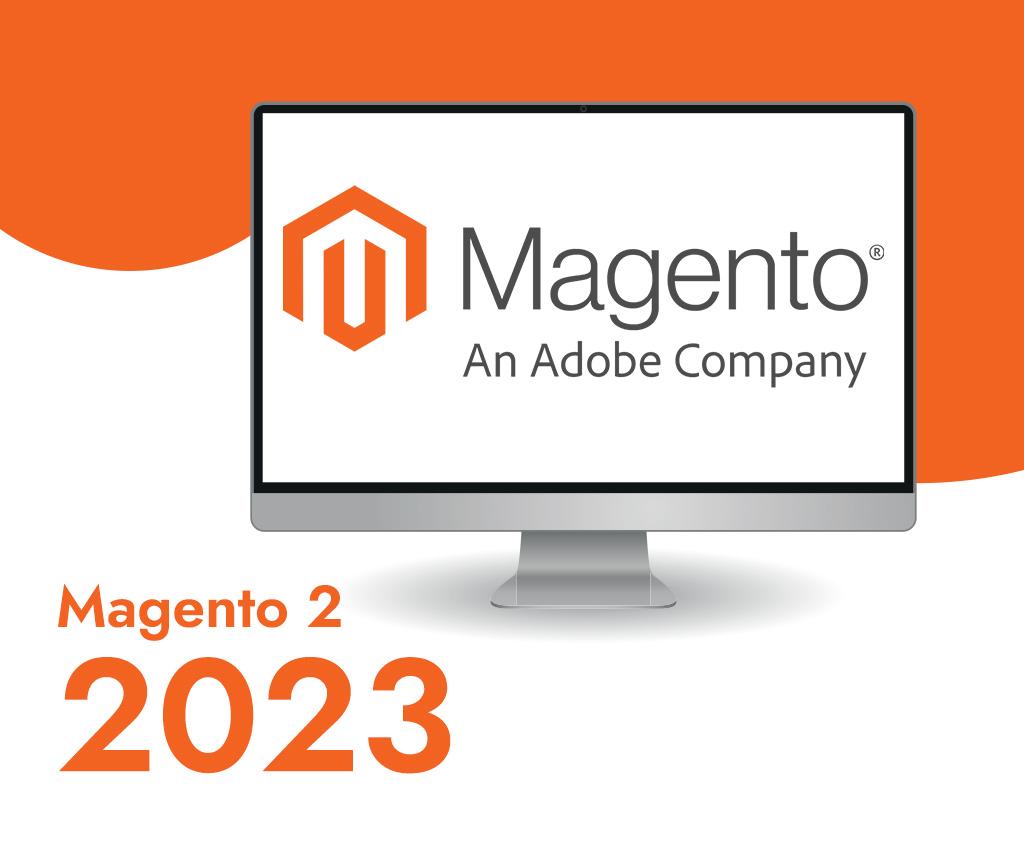
Comparing Ease of Use: Which Platform is More User-Friendly
When it comes to choosing between Magento and prestashop, the ease of use is a crucial factor for many business owners. Both platforms have their unique strengths, but how they cater to users can greatly influence your overall experience. Let’s dive into what makes each platform tick regarding user-friendliness.
Magento: The Powerhouse with a Learning Curve
Magento is renowned for its robust features and scalability, making it a favorite for larger enterprises. However, this strength comes with complexity. Here are some factors to consider:
- Customization Options: Magento offers extensive customization capabilities, but this often requires coding knowledge or hiring a developer.
- User Interface: The backend can feel overwhelming to new users due to its rich array of features and options.
- Documentation: While Magento provides comprehensive documentation, finding specific answers can be time-consuming.
PrestaShop: Simplicity at Its Core
In contrast, PrestaShop is designed with user-friendliness in mind, making it a more approachable option for small to medium-sized businesses. Here’s what sets it apart:
- intuitive Dashboard: PrestaShop boasts a clean and simple interface, making navigation seamless for users of all skill levels.
- Easy Setup: The installation process is straightforward, allowing users to get their store up and running quickly.
- Community Support: With a large community,finding tutorials and assistance is easier compared to Magento.
Feature Comparison Table
| Feature | Magento | prestashop |
|---|---|---|
| User Interface | Complex, feature-rich | Simple, intuitive |
| Customization | Highly customizable, requires coding | Moderately customizable, user-friendly |
| Setup Process | Lengthy, requires technical knowledge | Rapid and easy |
| Community Support | extensive but can be hard to navigate | Vibrant, accessible |
Ultimately, the choice between Magento and PrestaShop comes down to your business needs and technical expertise. If you prioritize power and scalability and are ready to navigate a steeper learning curve, Magento might be your go-to. Though, if you value ease of use and a quicker setup, PrestaShop could be the ideal solution for your e-commerce journey.
Evaluating Customization Options for Your Online store
When it comes to online store customization, the platform you choose can greatly influence the flexibility and extent of personalization. Both Magento and PrestaShop offer a variety of customization options, but they cater to different types of businesses and skill levels.
Magento is known for its robust features and scalability. It provides deep customization capabilities that are ideal for larger businesses or those with complex inventory needs. Here are some of the standout features:
- Advanced Product Management: Magento allows for intricate product configurations, multiple product types, and extensive categorization.
- Custom Themes and layouts: with Magento, you can create unique themes to distinguish your brand, allowing for a personalized shopping experience.
- Extension Marketplace: A vast catalog of extensions is available, enabling you to add new functionalities without extensive coding.
On the other hand,PrestaShop is often praised for its user-friendly interface and quick setup process,making it a fantastic choice for small to medium-sized enterprises. Its customization features include:
- Intuitive Drag-and-Drop Builder: prestashop’s easy-to-use interface allows even non-technical users to design their store layouts.
- Less Complexity: Ideal for businesses that require straightforward e-commerce solutions without the need for extensive technical knowledge.
- Themes and Add-Ons: PrestaShop also offers a variety of themes and modules, even though its marketplace is more limited compared to Magento.
To help you compare thes platforms, consider the following table that summarizes their customization strengths:
| Feature | Magento | PrestaShop |
|---|---|---|
| Customization Level | High | Moderate |
| User-Friendliness | Moderate | High |
| Theme Availability | Extensive | Limited |
| Best For | Large Businesses | Small to Medium Businesses |
Ultimately, your decision should reflect your business needs, technical capabilities, and future growth plans. By thoroughly evaluating the customization options each platform provides, you can make an informed choice that aligns with your e-commerce vision.
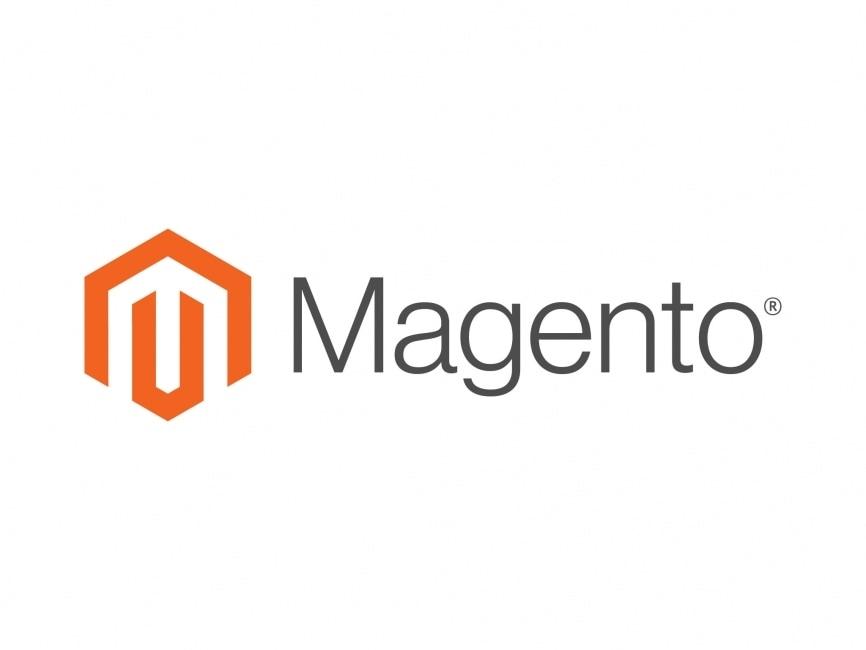
cost Analysis: Magento vs PrestaShop – Which is More Budget-Friendly?
When considering an eCommerce platform, the overall cost is a significant factor that can impact your business’s bottom line. Both Magento and PrestaShop offer unique pricing structures that can cater to different business needs, but understanding the full scope of their costs is essential for making an informed decision.
Magento is often associated with higher initial investments. The Community Edition is free to download, but businesses may incur costs related to:
- Hosting fees
- Development and customization expenses
- Extensions and plugins for enhanced functionalities
- Ongoing maintenance and support
Due to its complexity and the technical expertise required to manage it effectively, Magento can lead to higher overall expenses, especially for small businesses or startups with limited budgets.
On the other hand, PrestaShop presents a more cost-effective solution for many.With a free base version available, the platform allows businesses to get started without considerable upfront costs. However, users should be mindful of the following potential expenses:
- Web hosting
- Design themes and templates
- Modules and add-ons for additional features
- Support and maintenance costs
For businesses that require less complexity and can manage without extensive features, prestashop can be an attractive option that helps keep costs low while still providing robust eCommerce capabilities.
| Feature | Magento | PrestaShop |
|---|---|---|
| Initial Cost | free (Community Edition); Higher for Enterprise | Free (Basic); Optional Paid Modules |
| Customization | High; Requires Developer | Moderate; User-friendly |
| Ongoing Costs | Higher (due to complexity) | Lower (simple setup) |
| Scalability | Excellent | Good, but may require more plugins |
Ultimately, the decision between Magento and PrestaShop boils down to your business’s specific needs and budget constraints. While Magento might be better suited for larger enterprises with complex requirements, PrestaShop can be a more budget-friendly choice for small to medium-sized businesses looking to establish a solid online presence without breaking the bank.

Assessing Scalability: Which Platform Grows with Your Business?
When it comes to eCommerce platforms, scalability is a critical factor that can determine your business’s success as it grows. Both Magento and PrestaShop offer unique features, but their scalability can significantly impact your long-term strategy.understanding how each platform can adapt to increased traffic, product listings, and transaction volumes is crucial for making an informed choice.
Magento is widely recognized for its robust scalability, making it an ideal choice for larger businesses or those planning to expand rapidly. With its powerful architecture, Magento can handle thousands of products and high traffic loads without compromising performance. Here are some key features that enhance its scalability:
- Modular Architecture: Allows you to add or modify functionalities as your needs evolve.
- Performance Optimization: Built-in tools to enhance speed and efficiency, crucial for handling traffic spikes.
- Advanced Caching: supports several caching options to improve load times.
On the other hand, PrestaShop is more lightweight and user-friendly, which can be appealing for smaller businesses or those just starting. While it may not boast the same level of scalability as Magento, it still offers several features that support growth:
- User-Friendly Interface: Easy to navigate, allowing quick updates and modifications as your business grows.
- Add-Ons and Modules: A wide range of plugins to enhance functionality without needing extensive technical knowledge.
- Community Support: A vibrant community can offer insights and solutions to scalability challenges.
To illustrate the differences in scalability between the two platforms, consider the following comparison:
| Feature | Magento | PrestaShop |
|---|---|---|
| Traffic Handling | High volume | Moderate |
| Product Listings | Unlimited | Up to 200,000 |
| Customization Flexibility | Highly customizable | Moderately customizable |
| Performance Features | advanced caching, load balancing | Basic caching |
Ultimately, the choice between Magento and PrestaShop for scalability comes down to your business model and future growth plans. If you anticipate significant growth and require a powerful, flexible solution, Magento may be the way to go. However, if you’re looking for a cost-effective, user-friendly platform that can handle moderate growth with ease, PrestaShop could be your best bet. Assessing your scalability needs today will help secure your eCommerce success tommorow.
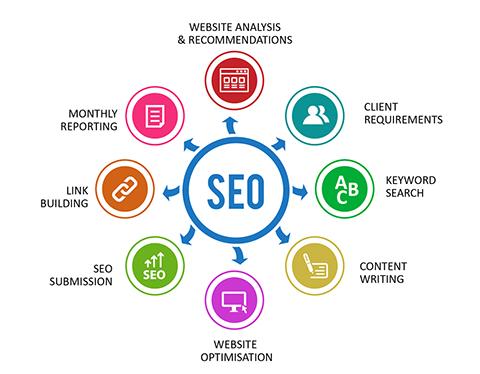
SEO Capabilities: Boosting Your Online Visibility with Magento and PrestaShop
When it comes to enhancing your online presence, both Magento and PrestaShop offer robust SEO capabilities that can help you stand out in the crowded digital marketplace. understanding how each platform handles SEO can be the key to maximizing your site’s visibility and driving organic traffic.
Magento is well-known for its advanced SEO features that cater to larger businesses with more complex needs. Here are some of the standout capabilities:
- Custom URL Structures: Easily create SEO-friendly URLs to enhance the search engine ranking.
- Meta Tags Control: Comprehensive options to customize title tags, meta descriptions, and keywords.
- Image Optimization: Built-in tools for alt tags and image descriptions to improve visibility.
- Rich Snippets: Support for structured data that helps your listings stand out in search results.
On the other hand, PrestaShop offers a more user-friendly approach for smaller to medium-sized businesses looking to optimize their online store without the complexities. Here’s what it brings to the table:
- SEO-Friendly URLs: PrestaShop automatically generates SEO-friendly URLs, making it easy to improve search engine rankings.
- Meta data Management: Simple interface to manage meta titles and descriptions for better indexing.
- 301 Redirects: Easily set up redirects to preserve SEO equity when modifying URLs.
- Friendly Community: A vibrant community that shares tips and plugins to enhance SEO strategies.
| Feature | Magento | PrestaShop |
|---|---|---|
| Custom URL Structure | ✔️ | ✔️ |
| Meta Tags Management | ✔️ | ✔️ |
| Image Optimization | ✔️ | Limited |
| Rich Snippets | ✔️ | No |
| Ease of Use | Moderate | High |
choosing the right platform for your SEO needs will depend on your specific business goals. Magento is ideal for those requiring extensive functionalities and scalability, while PrestaShop shines for those prioritizing ease of use and straightforward SEO management. Each platform has unique strengths that can significantly impact your online visibility.

Support and Community: Navigating Resources for Both Platforms
When choosing between Magento and PrestaShop, one critical aspect to consider is the support and community resources available for each platform. Both options boast strong community engagement and support systems, but they differ in structure and accessibility.
Magento offers a robust ecosystem for support, thanks to its large user base and extensive documentation. Users can access:
- Official Documentation: Comprehensive guides and manuals that cover everything from installation to advanced customization.
- Magento Community Forums: An active platform where developers and merchants can discuss issues, share solutions, and collaborate.
- Third-Party Tutorials and Blogs: A plethora of resources created by experienced users to help navigate challenges.
On the other hand, PrestaShop also nurtures a vibrant community. Its support features include:
- Community forum: A space where users can ask questions and exchange ideas, fostering a cooperative atmosphere.
- Documentation and User Guides: Clearly written resources that are user-friendly, making it easier for newcomers to understand the platform.
- Online Tutorials and Video Resources: Various platforms provide visual guides, making it simpler to grasp complex concepts.
To help visualize the differences in support resources, consider the following comparison:
| Feature | Magento | PrestaShop |
|---|---|---|
| Community Size | Large | Growing |
| Official Documentation | Extensive | Accessible |
| Forums | Active | Engaging |
| Tutorials | variety of sources | Video and Text Options |
Ultimately, the choice between Magento and PrestaShop may hinge on your specific needs regarding support and community resources. If you value a larger community and a wider range of professional support options, magento might be your best bet. Conversely, if you prefer a more intimate community with accessible documentation, PrestaShop could be the more suitable choice.
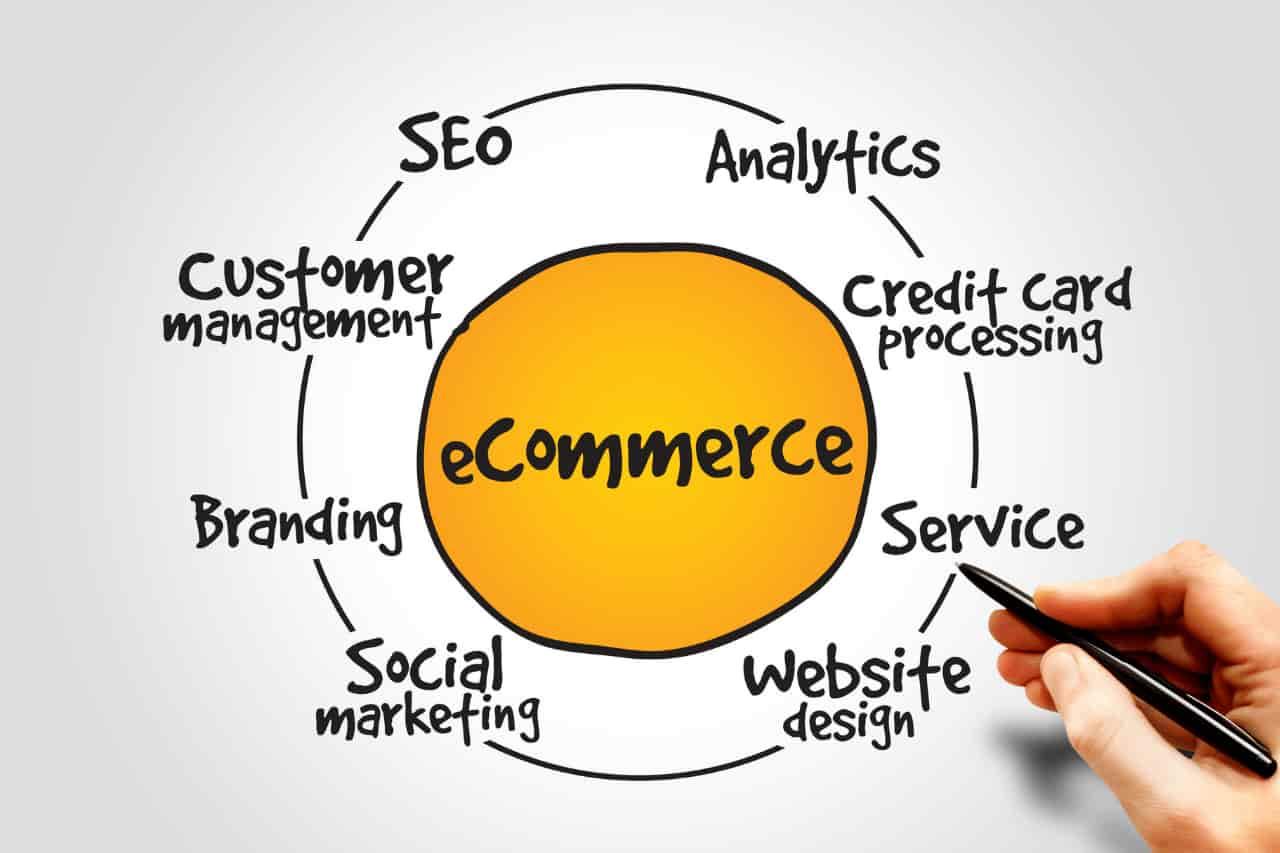
Making the Final Decision: Choosing the Right Fit for Your E-commerce Success
When it comes to selecting the perfect platform for your e-commerce venture, Magento and PrestaShop often come up as front-runners. Each offers unique features that cater to different types of businesses, and understanding these nuances can significantly influence your success. Let’s dive into the factors that should guide your final decision.
First, consider your business size and scale. Magento is known for its robust capabilities, making it an excellent choice for larger enterprises that require extensive customization and scalability. Conversely, prestashop shines for small to medium-sized businesses looking for a user-friendly interface without sacrificing functionality. Here’s a quick comparison:
| Feature | Magento | PrestaShop |
|---|---|---|
| Target Audience | Large Enterprises | Small to medium Businesses |
| Customization | Highly Customizable | Moderately Customizable |
| Ease of Use | Complex | User-Friendly |
| cost | Higher TCO | Lower TCO |
Next,think about your budget and resources. Magento often comes with a higher total cost of ownership (TCO) due to its premium features and hosting requirements. If you’re operating on a tighter budget,PrestaShop might be the more attractive option,as it offers a range of essential features with lower upfront costs. Additionally, the community support for PrestaShop can definitely help reduce ongoing expenses.
consider your technical expertise. Magento may require a dedicated development team to fully leverage its features, while PrestaShop’s simpler interface allows business owners with less technical know-how to manage their stores effectively. If you’re a hands-on entrepreneur,PrestaShop’s intuitive platform might be the right choice,allowing you to focus more on sales and marketing rather than technical hurdles.
the choice between Magento and PrestaShop is not one-size-fits-all. Reflect on your business goals, budget, and expertise before making a decision. This thoughtful approach will ensure you select a platform that not only meets your current needs but also grows with your business.
Frequently Asked Questions (FAQ)
Q&A: Magento Vs PrestaShop – Which One Is Best For You?
Q1: What are the main differences between Magento and PrestaShop?
A1: Great question! Magento and PrestaShop are both powerful eCommerce platforms, but they cater to different audiences. Magento is known for its robust features and scalability, making it ideal for larger businesses with extensive product catalogs and high traffic. Conversely, PrestaShop is more user-friendly and suitable for small to medium-sized businesses, offering simplicity and ease of use without sacrificing essential features.
Q2: What type of business should choose Magento?
A2: if you’re running a medium to large enterprise that expects significant growth or has a complex product inventory, Magento is your best bet. Its advanced features, such as multi-store management and extensive customization options, allow you to tailor your store to meet specific needs. Plus, if you plan on scaling up quickly, Magento can handle that growth without needing a complete overhaul.
Q3: Is PrestaShop a good choice for startups?
A3: Absolutely! PrestaShop is a fantastic choice for startups or small businesses. It’s easy to set up, and you don’t need a deep technical background to get started.With its intuitive interface, you can launch your online store quickly. Plus, it has a wide range of themes and modules to help you create a professional-looking site without breaking the bank.
Q4: What about costs? Which platform is more economical?
A4: When it comes to costs, PrestaShop generally wins out. It’s open-source and free to download,which means you can start your store with minimal investment. While you might incur costs for themes, modules, and hosting, those expenses are usually lower than the overall costs associated with Magento.Magento does have a free Community Edition, but keep in mind that hosting and development costs can add up quickly due to its complexity.
Q5: How do customization options compare between the two?
A5: Both platforms offer customization, but Magento takes the lead. With Magento, you have the flexibility to create a truly unique shopping experience with advanced customization options and integrations. However, this requires a higher level of technical knowledge. PrestaShop also provides customization through modules and themes, but it’s a bit more straightforward and easier for non-developers to manage.
Q6: Which platform has better support and community resources?
A6: Magento has a larger community and more extensive documentation, which is beneficial for developers and businesses that have resources to tap into. You’ll find a wealth of forums,tutorials,and support networks. PrestaShop, while it has a dedicated community, might not offer the same level of comprehensive resources. Though,both platforms provide professional support options if you need extra assistance.
Q7: What are the SEO capabilities like for each platform?
A7: Both platforms are strong contenders when it comes to SEO features. Magento comes equipped with robust SEO tools that allow you to optimize your store effectively. PrestaShop also offers good SEO capabilities, but Magento’s advanced features give it an edge, especially for larger stores looking to maximize their visibility in search engines.
Q8: Can I switch platforms easily if I start with one?
A8: Switching platforms can be a bit tricky, regardless of which one you start with. It’s possible, but it often involves a significant amount of migration work, including transferring data and redesigning your site. If you plan to grow significantly, it’s worth considering your long-term needs and possibly starting with the platform that aligns best with your growth strategy from the get-go.
Q9: which platform should I choose?
A9: Ultimately, it depends on your specific needs! If you’re a startup or small business looking for an easy-to-use and cost-effective solution, PrestaShop is a solid choice. Though, if you anticipate rapid growth or have a large inventory, magento is the way to go for its scalability and advanced features. Evaluate your current needs, future goals, and technical capabilities to make the best decision for your eCommerce venture.
The Conclusion
As we wrap up our deep dive into the Magento vs. prestashop debate, it’s clear that both platforms have their unique strengths and cater to different needs. If you’re looking for a robust, scalable solution with extensive customization options and don’t mind investing time and resources, Magento could be your best bet. On the other hand, if you’re seeking an easy-to-use platform that allows you to get started quickly without breaking the bank, PrestaShop might just be your perfect match.
Ultimately,the best choice boils down to your specific business requirements,technical expertise,and budget. Take a moment to assess your priorities and what you envision for your online store. Remember, it’s not just about picking a platform but finding the right tools that will help your business thrive.
Whichever you choose, the key is to align your eCommerce platform with your goals. So, take the leap, explore these options further, and start building your dream online store today! Happy selling!

